Online GIS and Spatial Metadata
🌐 Online GIS and Spatial Metadata – The Language of Discoverable Maps
“Online GIS and Spatial Metadata” is a critical guide that explores how spatial data is shared, cataloged, and understood across the digital landscape. In the age of cloud-based GIS, real-time services, and open data portals, metadata becomes the key to trust, usability, and interoperability.
The book unpacks concepts like FGDC and ISO metadata standards, spatial data infrastructures (SDI), metadata catalog services (CSW), and web-based GIS architecture. It explains how metadata enhances searchability, maintains lineage, supports data governance, and enables seamless integration across platforms like ArcGIS Online, GeoServer, and national data hubs.
This book is ideal for:
- 🧑💻 GIS professionals managing web-based spatial services
- 🗃️ Data custodians and spatial librarians
- 📡 Developers building geospatial portals and SDIs
- 🎓 Students learning geospatial data management and documentation
Whether you're publishing a WMS layer, building a metadata catalog, or managing open data for a smart city, this book gives you the foundational tools and strategies to make your GIS services discoverable, credible, and future-proof.
Keywords: Spatial Metadata, Online GIS, FGDC, ISO 19115, CSW Services, Metadata Standards, Geospatial Catalogs, SDI, GIS Data Documentation

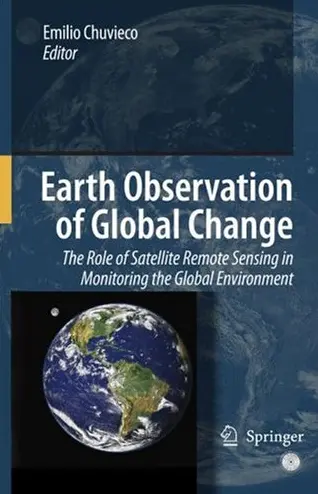
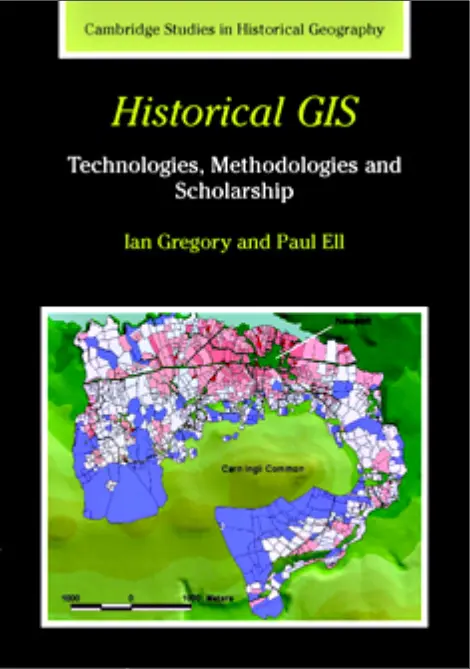
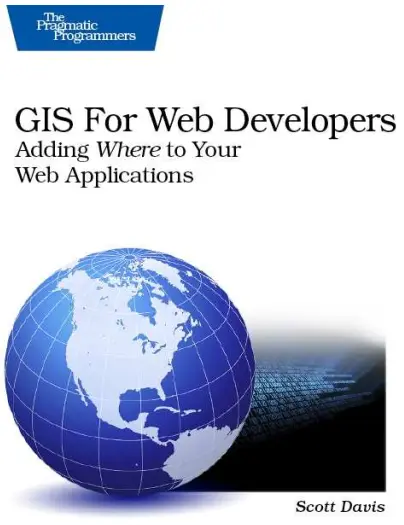

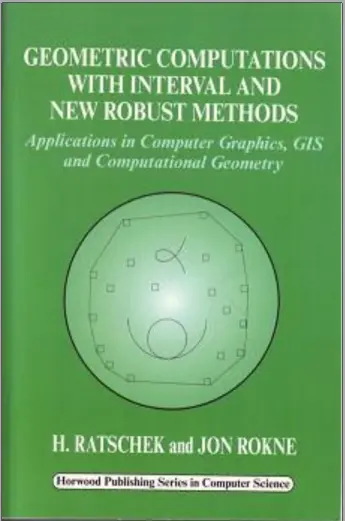
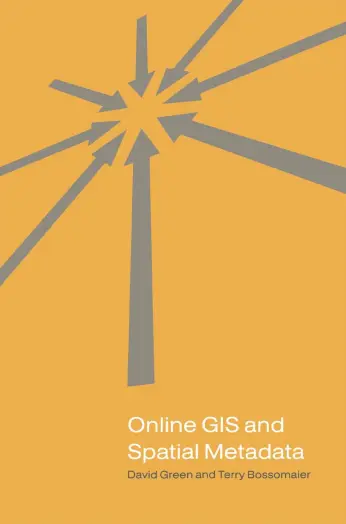
comments
Leave a Reply
Your email address will not be published. Required fields are marked *